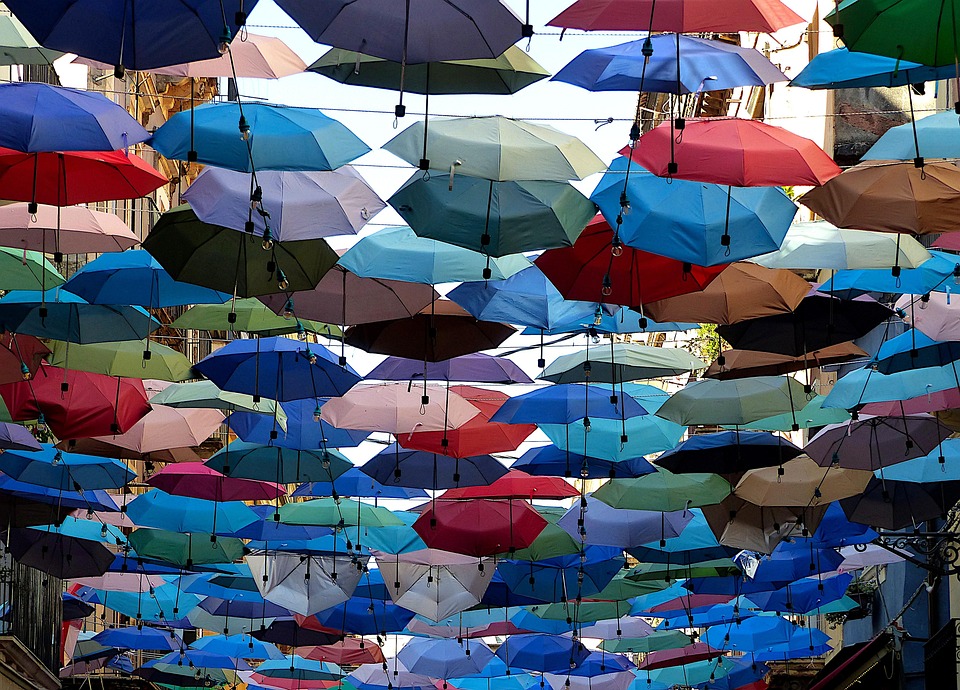In the vibrant world of set design, where artistry meets practicality, a well-crafted resume can be your golden ticket to success. A set designer’s role is not merely about aesthetics; it encapsulates a deep understanding of narrative, atmosphere, and collaboration. The right resume template can showcase your unique talents and experiences, setting you apart in a competitive industry.
The Art of Presentation
Your resume must reflect the same creativity you bring to set design. Opt for a clean yet visually appealing layout that captures attention. Consider these elements:
- Visual Hierarchy: Use headings and subheadings to guide the reader’s eye. Your name should stand out, followed by your contact details in a smaller font.
- Colour Palette: Subtle colours can enhance the overall look without overwhelming the content. Stick to a professional palette that mirrors your design sensibilities.
- Graphics and Icons: Thoughtful use of icons can illustrate your skills or contact information, but ensure they serve a purpose rather than distract.
Crafting Your Narrative
Every set designer has a story to tell. Your resume should narrate yours compellingly. Focus on these key sections:
- Professional Summary: A brief yet impactful introduction, summarising your experience, skills, and design philosophy. This is your elevator pitch on paper.
- Experience: List relevant positions chronologically. Highlight specific projects, your role, and how your contributions elevated the final production. Use active verbs—designed, collaborated, innovated—to convey dynamism.
- Skills: Tailor this section to reflect both technical skills (software proficiency, model-making) and soft skills (teamwork, communication). Diversification here showcases your holistic approach to set design.
Showcasing Your Portfolio
No set designer’s resume is complete without a robust portfolio. Link to an online portfolio or include QR codes for easy access. Ensure your portfolio includes:
- Diverse Projects: Feature a range of styles and genres, demonstrating versatility. Each project should be accompanied by a brief description of your role and the challenges you overcame.
- Visual Quality: High-resolution images that capture the essence of each set are crucial. Consider before-and-after shots to illustrate your impact.
- Client Testimonials: If possible, include quotes from directors or producers that speak to your work ethic and creativity. These endorsements can add credibility and allure.
Tailoring for the Role
Each application should feel bespoke. Research the production company or theatre you’re applying to and tailor your resume accordingly. Align your experiences and skills with their values and the specific requirements of the role. This attention to detail shows your dedication and understanding of the industry.
Continuous Improvement
The world of set design is ever-evolving, and so should your resume be. Regularly update it with new projects, skills, and experiences. Seek feedback from peers or mentors and be open to constructive criticism. Your resume is a living document, and its evolution mirrors your growth as a designer.
As you embark on your journey in the realms of creativity, remember that a well-structured resume can be a powerful ally. It’s not just about listing your qualifications; it’s about crafting a narrative that resonates with those who read it. CVPortal continues to bring you a variety of high-quality resume references, ensuring you have the tools needed to navigate your path to success in set design.


